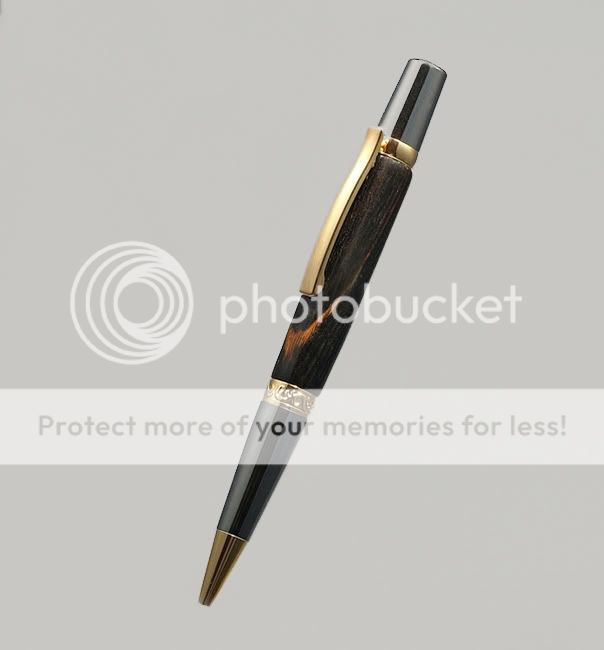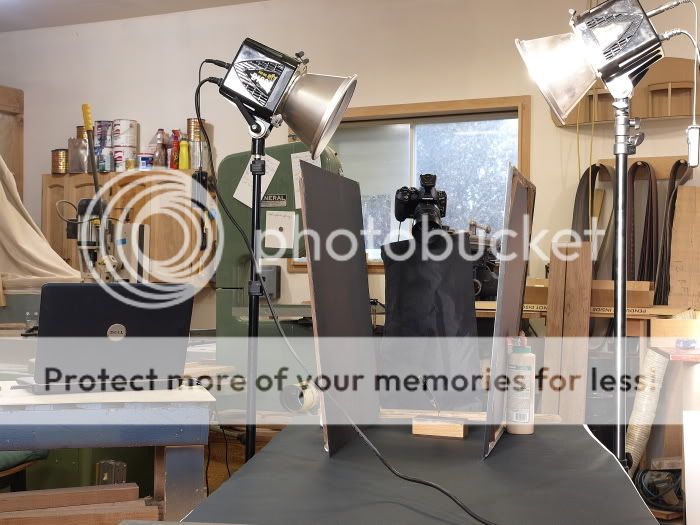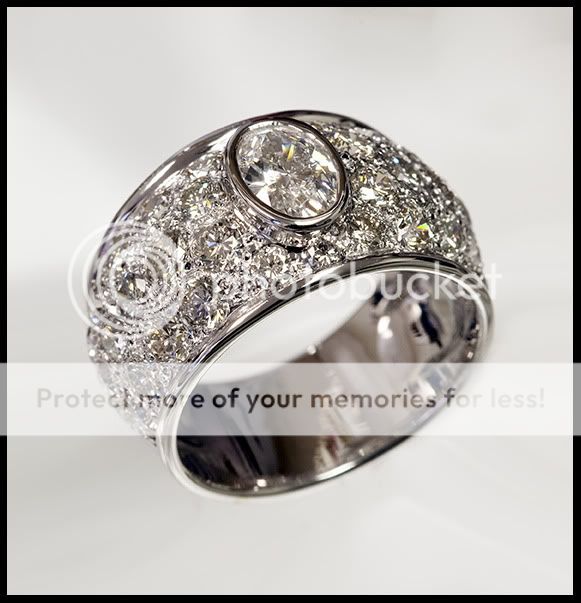You are using an out of date browser. It may not display this or other websites correctly.
You should upgrade or use an alternative browser.
You should upgrade or use an alternative browser.
My First...or, umm... Third Product Shot.
- Thread Starter Bitter Jeweler
- Start date
Kristov
TPF Noob!
- Joined
- Mar 4, 2010
- Messages
- 38
- Reaction score
- 0
- Location
- Farmington Michigan
- Can others edit my Photos
- Photos OK to edit
For artistic reasons i prefer the first. It's not just a picture of a ring. The second I think looks more like an ad for a ring. It shows the ring in detail, and that's it. Both would work, just depends on application.
On that note, both shots have some strange bounce effects on the inside.
On that note, both shots have some strange bounce effects on the inside.
reznap
No longer a newbie, moving up!
- Joined
- Feb 2, 2010
- Messages
- 2,410
- Reaction score
- 64
- Location
- Ohio
- Can others edit my Photos
- Photos OK to edit
While I really like the first one, the colors are great and everything is spot on technical-wise, I just think the white background shows the beauty of the ring a bit more. That's just a personal preference though.
Don Kondra
Been spending a lot of time on here!
- Joined
- Dec 11, 2007
- Messages
- 1,637
- Reaction score
- 904
- Location
- Saskatoon, Saskatchewan, Canada
- Can others edit my Photos
- Photos NOT OK to edit
Don, I do this in my shop, which is small. The flourescent lights are typical 4 tube recessed ceiling.
I don't have the room, the storage, or the time to have a complex set up for "real" product photography.
You don't need a lot of room. But you do need to work out a system that is quick, easy and repeatable.
Should they all just be done on white backgrounds?
Depends
You can shoot from a low angle onto a draped backdrop with three lights or from a high angle with two lights onto a flat backdrop.
With a draped gray paper backdrop and three lights you can get a white background. One main light, one fill light and one light on the backdrop.
By lights I mean CF bulbs in clip on work light reflectors, doesn't need to be fancy on this scale.
With the 5500k CF bulbs there is no color balance issue.
Long story, short. A $45 light tent will help A Lot with reflections but the image won't be quite so dynamic
Better is reflect the light onto the object. And you can control the color of the reflections with the color of reflectors you use, ie., black or white, etc.
Your last white paper image is the best except for the reflections inside the band.
Some examples of what I'm talking about...
Light tent...

Black reflectors..

The set up, keep in mind I sized my reflectors to shoot larger stuff but the concept is the same for work on your scale.
The light is bounced off a colored reflector onto the work. The only "reflection" that will be visible on the work is the surface of the reflector.
Notice I had to cover my tripod also to eliminate those reflections...

Cheers, Don
Aayria
TPF Noob!
- Joined
- Mar 12, 2010
- Messages
- 787
- Reaction score
- 40
- Location
- U.S.
- Can others edit my Photos
- Photos NOT OK to edit
From a photography standpoint, I like the background in the first shot best - but I like the angle of the ring in the 2nd shot. From a "consumer" standpoint..I think I would be more attracted to buy the ring based on the 2nd shot.... I don't know why exactly, but it makes the ring itself look more appealing to me. The mixed colors of the first shot are pretty, but they kind of make me think "physcadelic" or "stomac churning..."
I don't mean to sound harsh, both shots are absolutely stunning! Just adding my own opinion.
I don't mean to sound harsh, both shots are absolutely stunning! Just adding my own opinion.
jeph
TPF Noob!
- Joined
- Jul 7, 2008
- Messages
- 116
- Reaction score
- 3
- Location
- Sunny San Diego
- Can others edit my Photos
- Photos OK to edit
I think that the angle of the ring in the second shot makes the ring look great and for product photography number two works better. It seems like the face? of the ring in number one is too cluttered.
Is it better just on white?
Again, on glass block with white paper under it, overhead (ceiling) flourescent tubes.

I was going through this book on photoshop, and I came across something that covers your problem; about the background looking grey-ish when put againt a bright subject. I'm sure you must've considered this, but in any case, here it is-
1) The above image required special attention to ensure the
background went to pure white. Yet I did not want to blow out the
highlights on the white shirt or on the models blonde hair.
2) A Levels adjustment was applied to make the highlights go as
light as possible on the shirt, but without losing any detail. But
the background still needed to go whiter. I made a quick selection
of the background area, feathered the selection by 24 pixels and
fi lled this with white.
3) There needs to be a gentle tonal transition between the white
cut-out and the edges of the subject. If not, the edge detail will
become lost in print. I deselected the selection and set the history
source against the original history state (see the circled history state
icon in the History palette) and carefully painted around the subject
edges, especially around the fi ne strands of hair, to restore detail.
4) If we check the fi nal histogram you can see a slight gap
between where the highlight tones of the subject tail off and the
white background cuts in.
Hopefully this helps.
mostly sunny
TPF Noob!
- Joined
- Dec 18, 2009
- Messages
- 445
- Reaction score
- 0
- Location
- Northridge, Ca
- Can others edit my Photos
- Photos OK to edit
I like the boring second picture. = )
Similar threads
- Replies
- 9
- Views
- 3K
- Replies
- 10
- Views
- 4K
- Replies
- 13
- Views
- 4K
- Replies
- 26
- Views
- 9K

![[No title]](/data/xfmg/thumbnail/38/38740-d1a7721cf77e9309a9b4a4829c65fdd4.jpg?1734172602)










